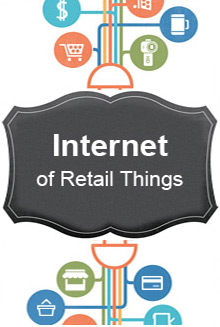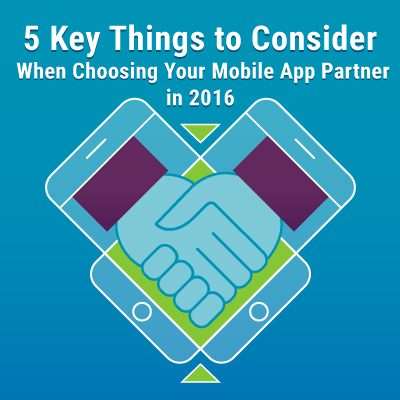Technology, sometimes creates human problems and the irony is, we take refuge again in technology to solve such problems. Today it is widely believed that we truly live in a digital world. More than half of the world population and almost all in the first world, have access to the internet and content enhancers like Google. Data is easy to store, information is at our fingertips and the devices which interface us to this vast interconnected world, are also so portable that they have almost become parts of our body.
Traditionally since the advent of consumerism, producers have tried various means and ways to reach out to people to communicate and convince to purchase. In the last couple of decades some thought leaders have given it a structure known as Marketing.
Marketing is also not left untouched by the digital revolution. As more and more people spend the majority of their time on digital platforms like mobile, tablets, wearables etc., marketers are also increasingly shifting their focus towards digital platforms.
One of the big advantages of digitization has been that now technology makes it possible, in some case literally, and in some cases theoretically to be able to track the digital footprint of the customer and it doesn’t stop there. The digital footprint which includes social media, is expected to be a huge repository of information which can reveal lots about the person. So the promise of understanding customers online, as well as offline behavior, is now possible by mining the digital trail left behind by a customer. This was not possible in erstwhile traditional media.
With this understanding, the same digital media also serves as the marketing touch-points for the customers. Whether it be e-com sites, frequently used apps, micro sites or anything else that is accessed through the portable devices which have become part of our day to day lives. This kind of marketing at a very personal level is also called Personalization in today’s parlays.
Now here is where the problem starts. If one looks at the evolution of media and how marketing has adapted to it, one will notice that the average span of attention has decreased at least 1000 times over a period of the last couple of decades. Newspapers were something we spent hours on, and just like a good book, it triggered our imagination. Attention on TV was fleeting, but it was audio and visual both, and hence much more influential even within a short span of time, and now with digital the span of attention is even less, maybe a couple of nanoseconds at the best. We have been talking about achieving personalization to such an extent that we would know what a customer wants, how much, at what point of time but there is still some way to go before we reach there. So we use big data processing and analytics and other technologies to try and serve a piece of communication on a digital real estate, whose life is that of a couple of nanoseconds, and still expect to catch somebody’s attention so strong, that he/she takes a decisive step towards conversion.
Irony is the most important aspect of this conversion journey, the hook, the attention grabber, is being ignored by the marketing strategists. Today the focus is heavily on technology- The focus is– Churn enormous amount of data, get as much insights as possible about the customer, and utilize as much of digital real estate in real time as possible to send the right message, the right discount. Unfortunately the focus is too much on technology, on bots, on algorithms to come up with the perfect personalization solution, and the result!! More than conversions, customers are voicing privacy invasion concerns, getting disturbed by the bombardment of ads wherever we go, detected by their location, by beacons, other technologies and what not.
As marketers we have to take a step back and try to solve a human instinct problem in a little more humane way rather than have technology solve all of it. Human beings are intelligent and they can differentiate between what is generated by a BOT versus what really has a personal touch to it. Creativity and design of content will determine cut through and mental registration, and a personal touch will help in moving one step towards conversion.
Let’s not make any mistake, all the technology and analytics is important, but when we talk about personalization let’s not take out the personal touch, else it is just SPAM.

Eron is a former Happiest Mind and this content was created and published during his tenure.







